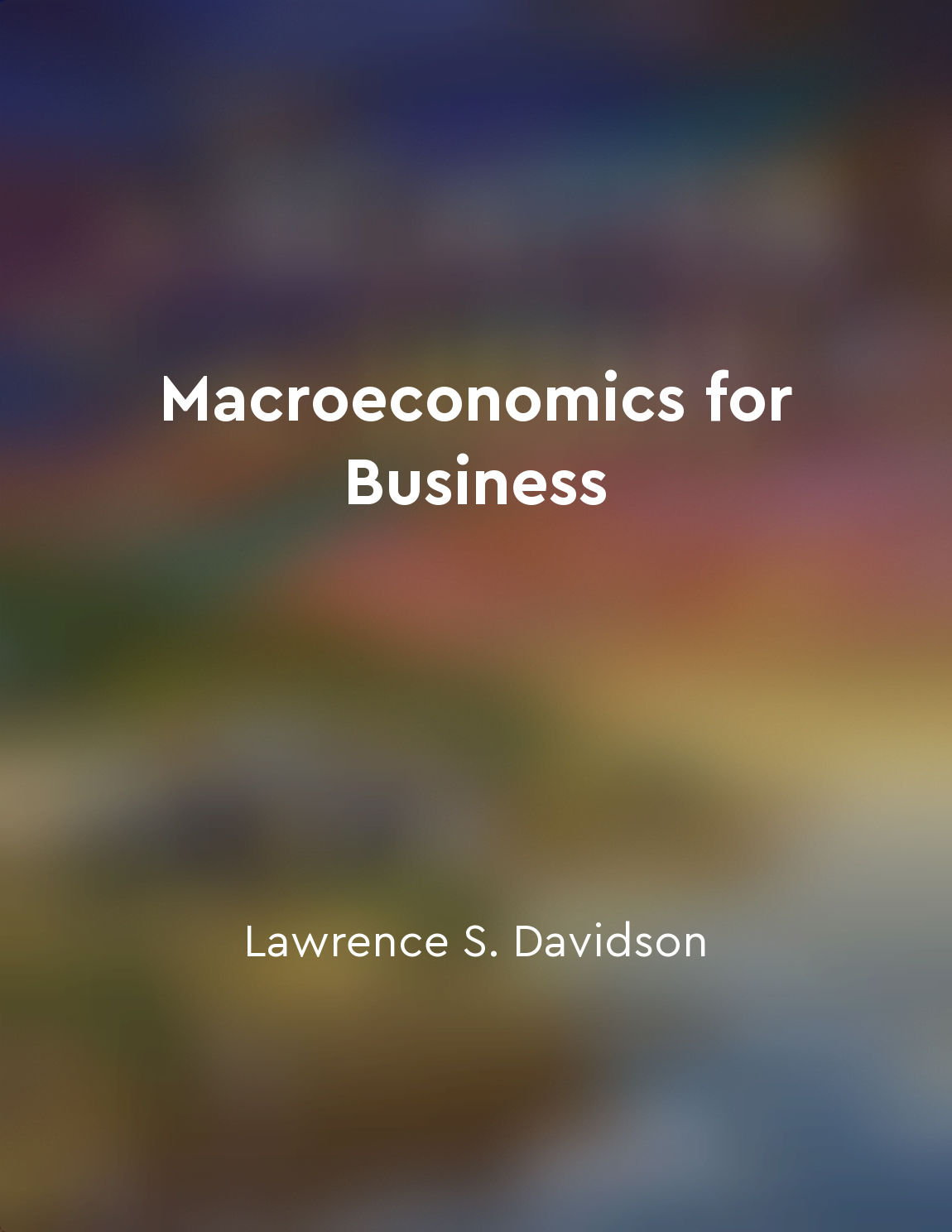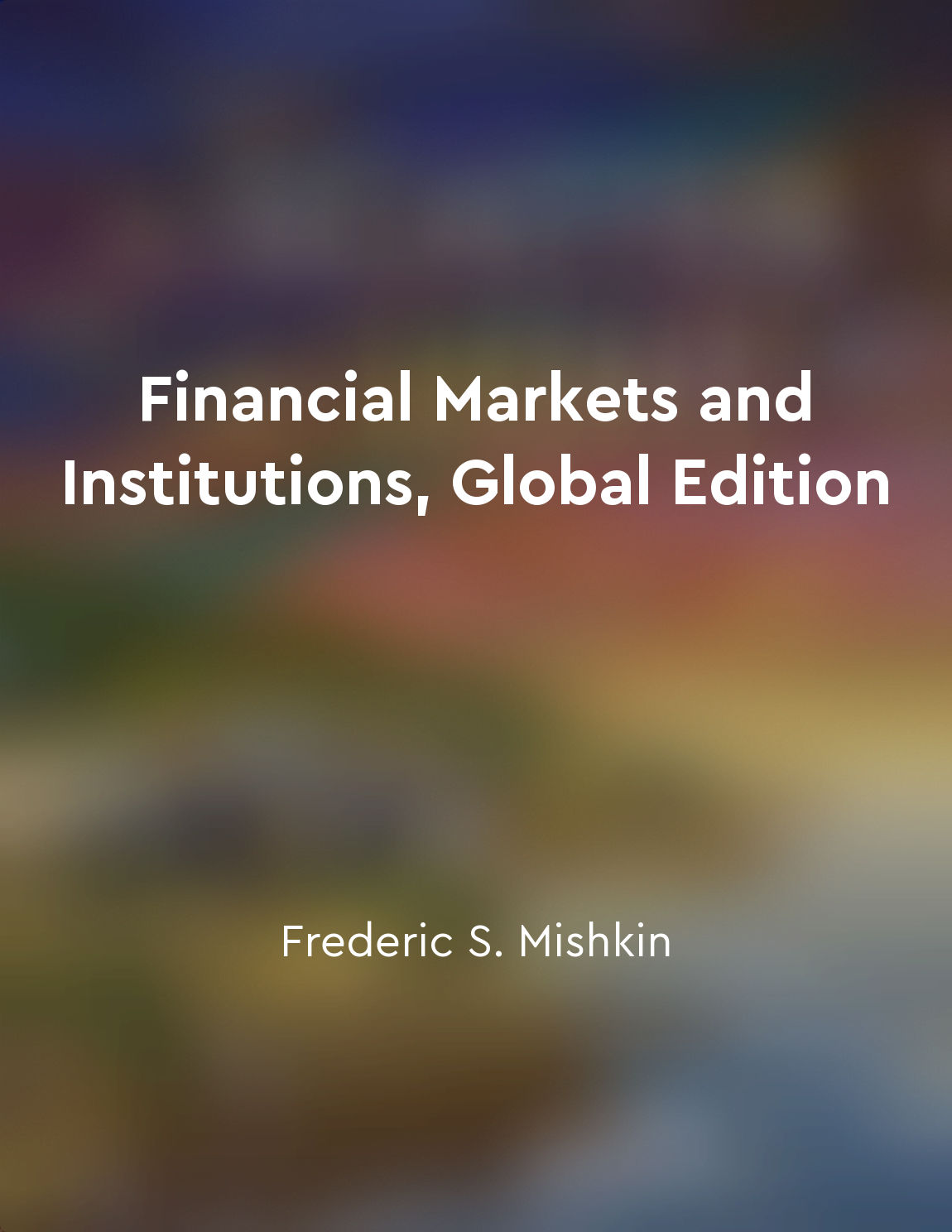Central banks influence currency values through monetary policy from "summary" of International Money and Finance by Michael Melvin
Central banks play a crucial role in determining the value of a country's currency through their monetary policy decisions. By adjusting interest rates, engaging in open market operations, and implementing quantitative easing measures, central banks can influence the supply of money in the economy and ultimately impact the value of the currency. When a central bank decides to raise interest rates, it makes holding that currency more attractive to investors, as they can earn higher returns on their investments. This increased demand for the currency can lead to an appreciation in its value relative to other currencies in the foreign exchange market. Conversely, if a central bank lowers interest rates, it can make holding that currency less attractive, as investors can earn lower returns. This decreased demand for the currency can result in a depreciation in its value compared to other currencies. In addition to interest rate decisions, central banks can also influence currency values through open market operations. By buying or selling government securities, central banks can increase or decrease the money supply in the economy, which in turn can impact the value of the currency. Furthermore, central banks may implement quantitative easing measures to stimulate the economy by increasing the money supply. This can lead to a depreciation in the currency's value as a result of inflationary pressures.- Central banks have significant power to influence currency values through their monetary policy decisions. By carefully considering the economic conditions and objectives of the country, central banks can effectively manage the value of the currency to support economic growth and stability.
Similar Posts

Economic fluctuations are cyclical
Economic fluctuations are cyclical, which means that they follow a pattern of expansion followed by contraction. These fluctuat...

International trade influences business competitiveness
The global marketplace is a dynamic environment where businesses must navigate various factors to maintain their competitivenes...

The G20 plays a key role in coordinating global economic policies
The G20, which is comprised of finance ministers and central bank governors from 19 countries and the European Union, is a sign...

Financial intermediaries bridge the gap between savers and borrowers
Financial intermediaries play a crucial role in the economy by connecting those who have excess funds to those who need funds. ...

Cryptography securing transactions
Cryptography plays a crucial role in securing digital transactions. When you make a payment online or transfer money digitally,...
Financial contagion can spread across borders
Financial contagion refers to the situation where financial distress in one country spills over into other countries through va...
Continuously evolve and improve as a forex trader
The key to success in the forex market is to always be looking for ways to evolve and improve as a trader. The market is consta...
Investments in human capital are essential for economic growth
Investments in human capital are essential for economic growth. This concept highlights the importance of developing and nurtur...
The Austrian school of economics provides a theoretical framework for understanding the value of Bitcoin
The Austrian school of economics is a school of economic thought that emphasizes the importance of individual action and the su...
Economic repercussions
The economic repercussions of the peace settlement are likely to be severe and far-reaching. The terms imposed upon the defeate...

